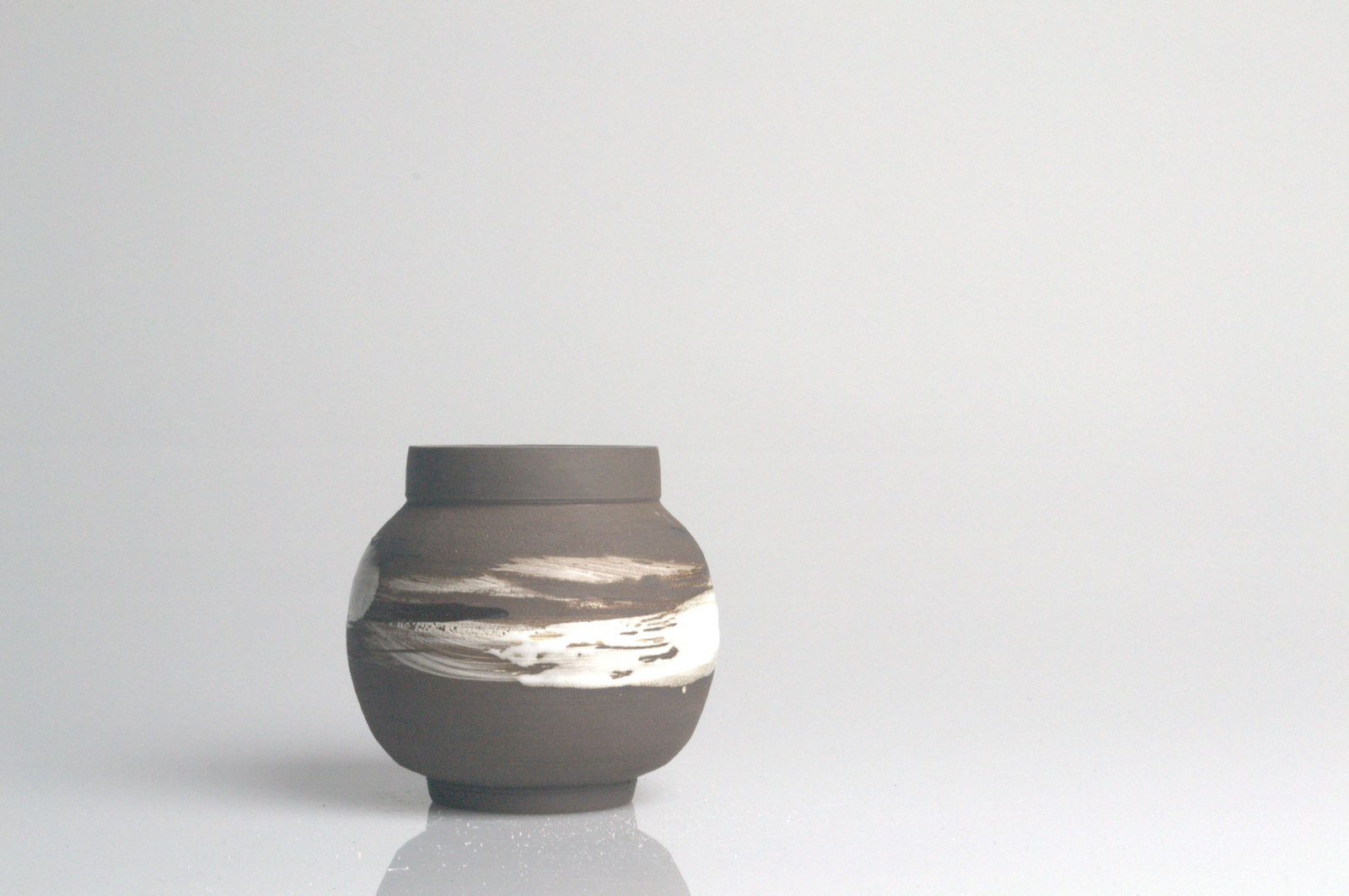Marek Pitera
Ceramic Review, November 2020. One to Watch. (306), p.61-62)
I came across Marel Pitera in the November/ December Ceramic Review magazine and I was immediately drawn to his pots cracked and harsh surfaces. In particular the following piece interested me. The variety of colours and textures closely resemble the burnt and rotten wood that I had come across along the Swale estuary. .
In this article the artist discusses where his pottery sits in the realm of ceramics. “to me, studio pottery and abstract ceramic sculpture are extremes at the opposite ends of the spectrum, both of which I admire, and my aim was to occupy a point between the two” (p61)
Interestingly Pitera changed from a 9 year career in histopathology to study ceramics and then become a professional ceramicist. where he draws a comparison between “ the appreciation of small details” (p61) “An unintended drip of glaze showing changes in transparency…”(p61)
He goes on to explain that functionality becomes secondary in terms of the purpose of his pieces, “primarily to experience it through it texture and weight” (p62)
His independent and self made success is admirable. Drawing on Japanese and Korean ceramics and his own glaze recipes through experimentation and combining commercial and found ingredients means his pieces are ever evolving and developing.
The Ceramicists
A really interesting article about the duo Stephanie Sommet and Kevin Liu who ahve invented a whole new style and method of clay application and ceramics processing. Through experimentation and accidentally mistakes, the duo have created what is now referred to as ‘foam clay.’ “Usually, our most exciting outcomes are those that have the potential to be a disaster” (Ceramic Review, July 2020. Ceramic Potential (304), p.38)
After experimentation, recording and developing recipes, the duo have managed to find ways to turn fine clay into a foam substance. The use of the foam clay brings a playfulness and delicacy to their pieces- ‘a material metamorphosis’(p40)
Anselm Reyle
Tequila Sunrise
Date Made: 2016
Berlin, Germany
Anselm Reyle was born in Tübingen, Germany in 1970. He currently lives and works in Berlin.
Stylistically similar to the West German Art Pottery of the 1950-1960’s Ryle works in collaboration with the ceramic factories employing traditional techniques. One of these techniques is fat lava which is the thick flowing glaze- a typical feature of work during that time. In terms of historical context this would have been when there still would have been a west and East German. West Germany embracing culture typical of western society. Quite possibly this may be why much of Ryles work questions the concept between high art and kitsch. Perhaps putting a mirror up to consumerism.
In these vessels we see the influence of Japanese aesthetics and culture through the concept of wabi-sabi with the large cracks proudly presented in each of the pots from this collection. In other words the perfect in the imperfection. This links back to the Gohon Tea Bowl with and the use of kintsugi to not only repair but to enhance a ceramic piece. I think it’s this philosophy that intrigues me most and raises questions about the value placed on ceramics – is it art, is it functional, is it both or is it neither?
British Studio Ceramic in the 20th Century
Aneta Regel
https://www.sarahmyerscough.com/artists/50-aneta-regel/
https://www.artland.com/artists/aneta-regel
http://www.jasonjacques.com/contemporary/aneta-regel
Aneta Regel’s work neatly captures forms of rock formations and encrusted concrete textures that which she sees as ‘powerful transmutations of the earth’ It is however the process in which she takes to reach these unique forms that take on a whole new function in




















